Plant Science
Barley that thrives in salty soils
Mapping the genetics underlying barley yields helps pinpoint mutations responsible for increasing the crop’s salt tolerance.
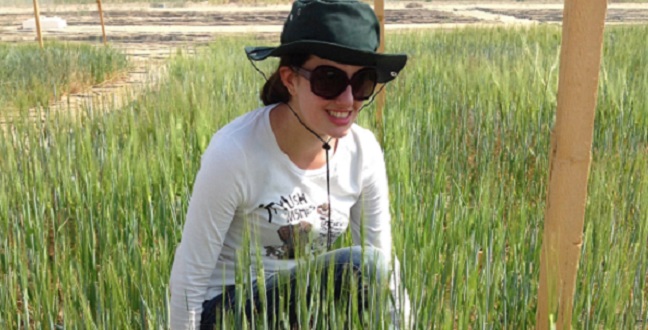
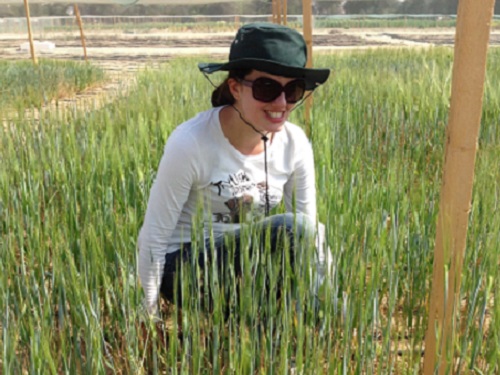
KAUST Ph.D. student Stephanie Saade at the field site where the team trialed multiple lines of barley generated from the same mother line but with different fathers.
© 2016 KAUST
Our capacity to feed the world’s growing population will be greatly improved by developing crops able to tolerate higher soil salinity and salt water irrigation. KAUST researchers are leading the quest to pinpoint the genetic controls of salt tolerance in crops and recently completed the first large-scale genetic mapping study of barley plants in the field.
Mark Tester, KAUST professor of plant science, Ph.D. student Stephanie Saade and colleagues from the University’s Biological and Environmental Science and Engineering Division chose barley as their genetic model because it is the most salt tolerant of the cereal crops. They also had access to high-quality genome sequencing data for a European strain called Barke, which they used as the mother line for their field study.
“We used a nested association mapping (NAM) population of barley plants,” explained Tester. “A NAM is a series of small populations with one line constant across them. In our NAM, Barke, the common mother line, represented about 75 percent of the genome of each plant. We used 25 different father lines, strains of wild barley from fertile Arabian areas known to exhibit higher salt tolerance than commercial strains.”
This carefully-designed genetic structure developed by collaborator Klaus Pillen from the University of Halle (Germany) brought together high genetic diversity from the 25 fathers while remaining statistically powerful because of the constant mother line. The substantial field site at the International Center for Biosaline Agriculture in Dubai allowed the team to bring the plants to full maturity.
“Our unique site had deep sandy soil and used saltwater drip irrigation so we could maintain soil salinity equally across the area,” noted Tester. “The differences in plants grown in different plots were therefore mainly due to genetic composition rather than random environmental factors.”
The researchers evaluated 10 traits related to crop performance, focusing in particular on the genetic architecture of flowering time, a key factor in generating a commercial high-performing crop. They searched for trait loci associated with specific genes in the plants that flourished in highly saline soils and identified a specific locus on chromosome 2H stemming from a father line from northwest Iraq. Under saline conditions, the plants with this genetic mutation yielded 30 percent more than Barke.
Tester’s team hopes to integrate the locus (alongside others linked to salt tolerance) into commercial lines and test the resulting plants in various geographical locations. Even if these new barleys show higher tolerance only in certain places, this would be a significant step forward in tackling future food security.
References
-
Saade, S., Maurer, A., Shahid, M., Oakey, H., Schmöckel, S.M. et al. Yield-related salinity tolerance traits identified in a nested association mapping (NAM) population of wild barley. Scientific Reports 6, 32586 (2016).| article
You might also like
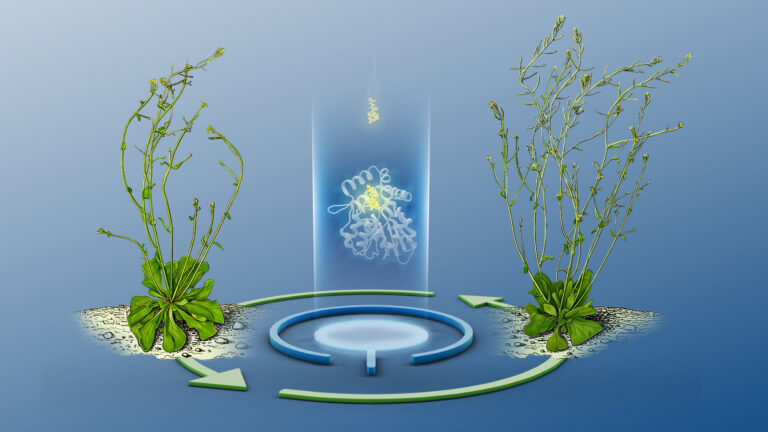
Bioscience
Hidden flexibility in plant communication revealed

Plant Science
Reference genomes for rice’s wild relatives may boost future crops

Bioscience
Digging into the world of plant-growth-promoting microbes

Environmental Science and Engineering
Hydrogen storage solution could lie in lakes

Bioscience
Unraveling modern bread wheat from the genes up
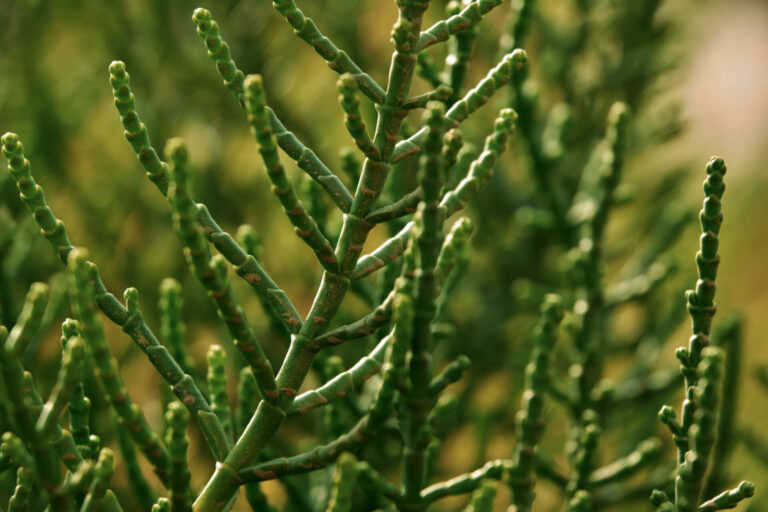
Bioscience
Why do some plants thrive in saline conditions?
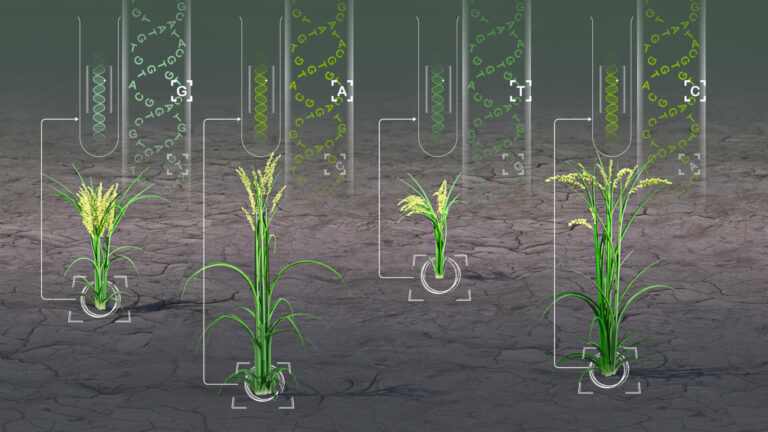
Bioengineering
Analytic tool reveals more cream of the crops
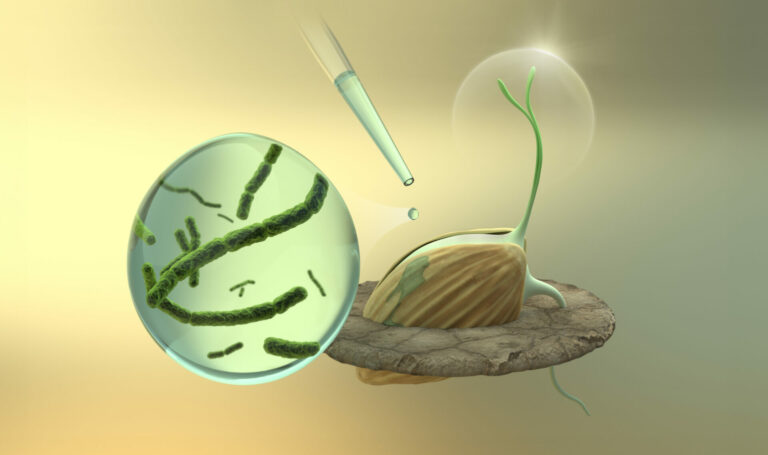
Plant Science



